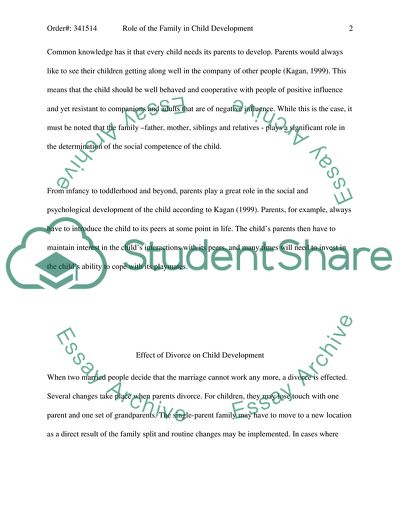Cite this document
(Role of the Family in Child Development Case Study, n.d.)
Role of the Family in Child Development Case Study. Retrieved from https://studentshare.org/social-science/1730489-consider-critically-the-role-of-the-family-in-the-development-of-children
Role of the Family in Child Development Case Study. Retrieved from https://studentshare.org/social-science/1730489-consider-critically-the-role-of-the-family-in-the-development-of-children
(Role of the Family in Child Development Case Study)
Role of the Family in Child Development Case Study. https://studentshare.org/social-science/1730489-consider-critically-the-role-of-the-family-in-the-development-of-children.
Role of the Family in Child Development Case Study. https://studentshare.org/social-science/1730489-consider-critically-the-role-of-the-family-in-the-development-of-children.
“Role of the Family in Child Development Case Study”. https://studentshare.org/social-science/1730489-consider-critically-the-role-of-the-family-in-the-development-of-children.


